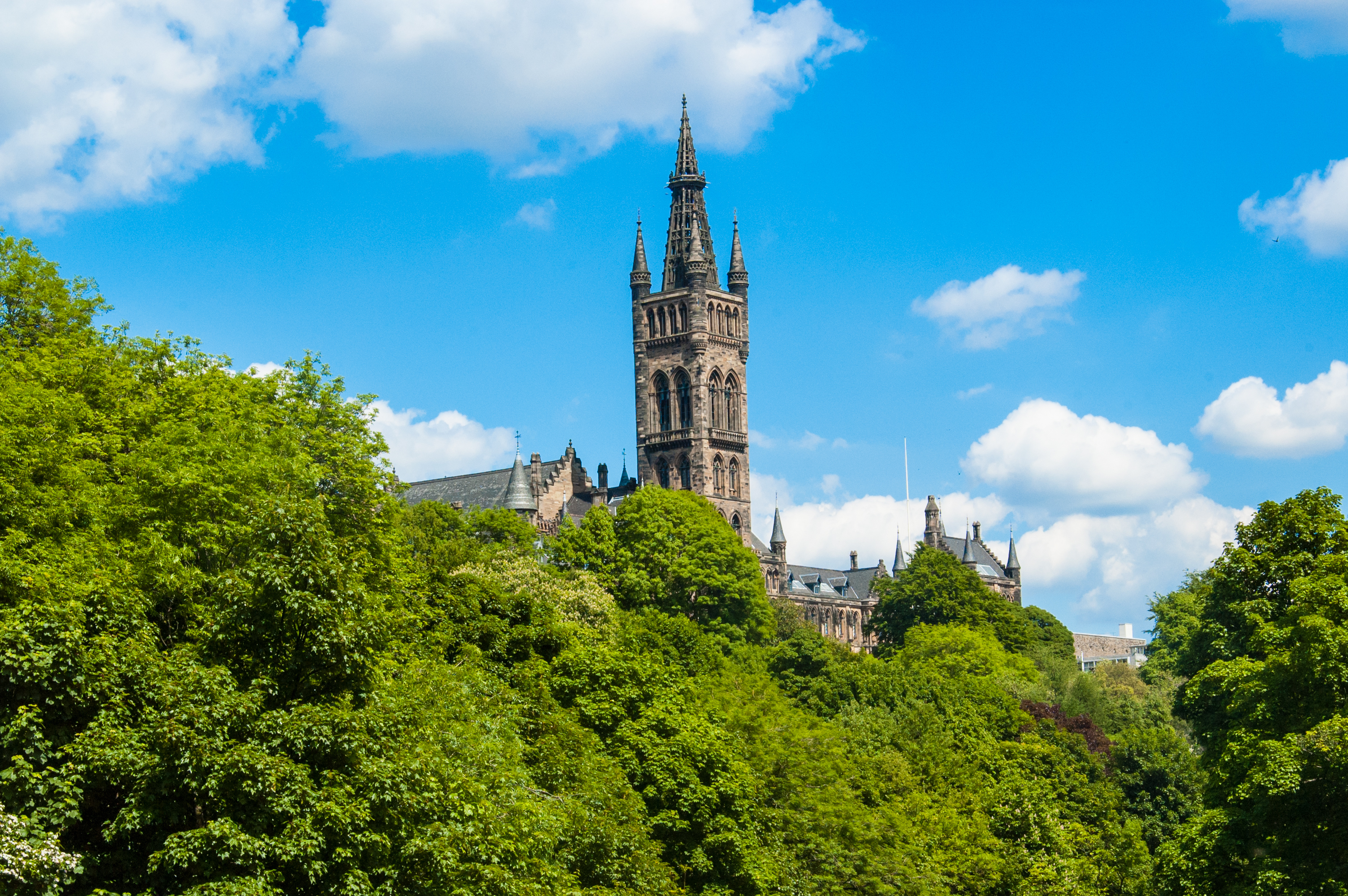
A £1 billion plan to turn a former hospital site into a university learning hub has been given the green light.
The University of Glasgow announced last year it plans to transform the 14-acre site of the old Western Infirmary to extend its Gilmorehill campus in what is described as one of the largest education developments in Scotland.
The first stage of work will see £430 million spent over five years on the creation of a research and innovation hub, and new buildings for arts, health, business and chemistry departments.
The proposals, which have now been approved in principle by Glasgow City Council, would also see new public routes and a central square linking to Byres Road, and commercial opportunities in the form of restaurants, bars and a hotel.
The second phase of the plans would see work start in 2023 on a new engineering centre, an “innovation quarter” to engage with local industry and a building for research into chronic diseases.
An estimated 2,500 jobs would be created during the construction period and the planned £1 billion spending is equivalent to twice the budget for Glasgow’s Commonwealth Games.
University principal professor Anton Muscatelli said: “We are delighted that Glasgow City Council has endorsed our ambitious plan, which we believe will be a major economic driver for the city and for Scotland as well as underpin this university’s world-leading position.
“The decision to approve the masterplan is pivotal to allowing us to start this development.
“An initial financial envelope of around £430 million will be spent over the next five years on the first phase of the project.
“It is part of a wider £1 billion investment which includes significant spend on refurbishing and improving the existing estate.
“This will be one of the biggest educational infrastructure projects in Scotland’s history and is certainly the biggest development undertaken by this university since it moved to Gilmorehill 150 years ago.
“We are very aware that whilst we undertake this scale of construction that we must minimise disruption to both the university community and the west end, and the university will work closely with community groups to ensure we respect those living and working in the area.”
The university moved from High Street to the Gilmorehill site in 1870 as part of plans to have a learning hub and hospital side by side, so the hospital could be used for clinical teaching and research.
A clause was signed stating that if the hospital, which opened in 1874, ever ceased to be a hospital, then the university could buy back the site.

Enjoy the convenience of having The Sunday Post delivered as a digital ePaper straight to your smartphone, tablet or computer.
Subscribe for only £5.49 a month and enjoy all the benefits of the printed paper as a digital replica.
Subscribe